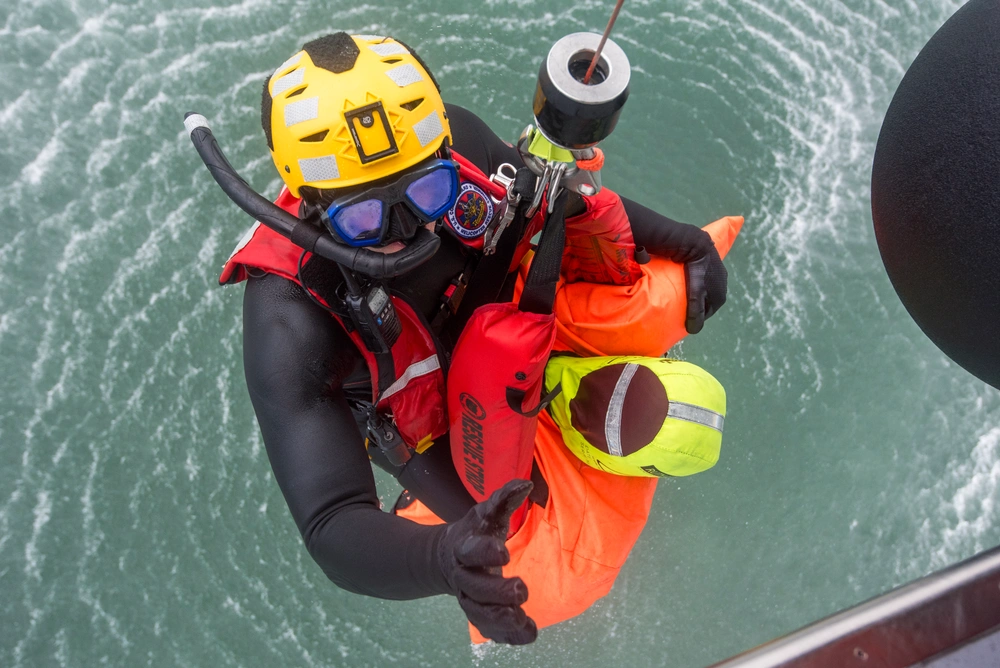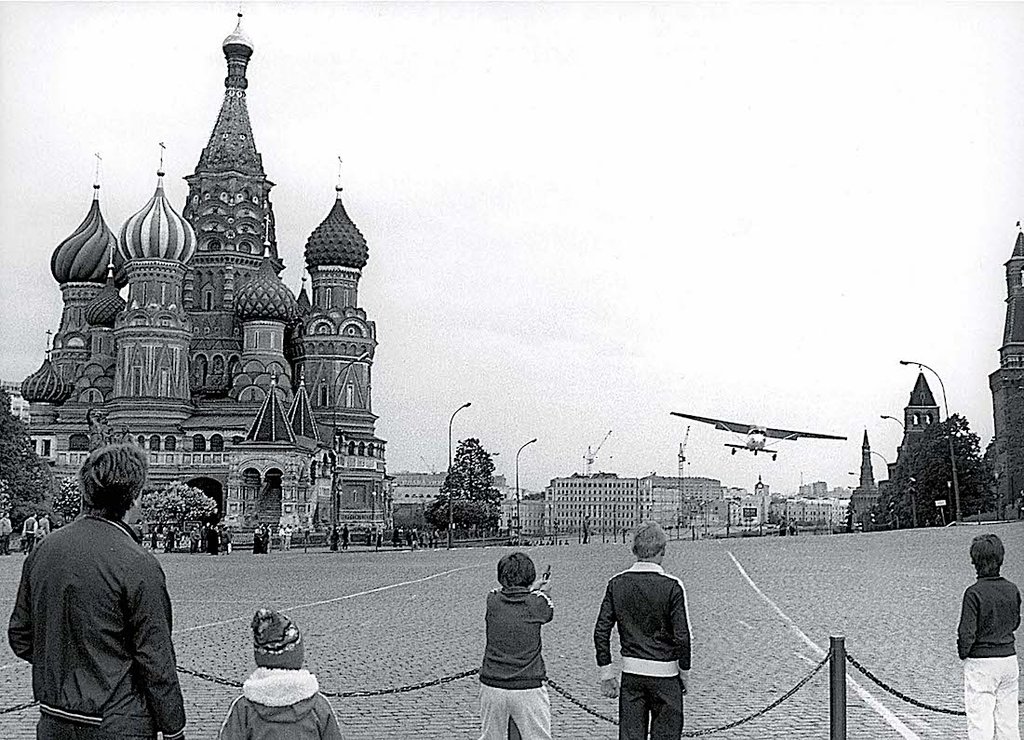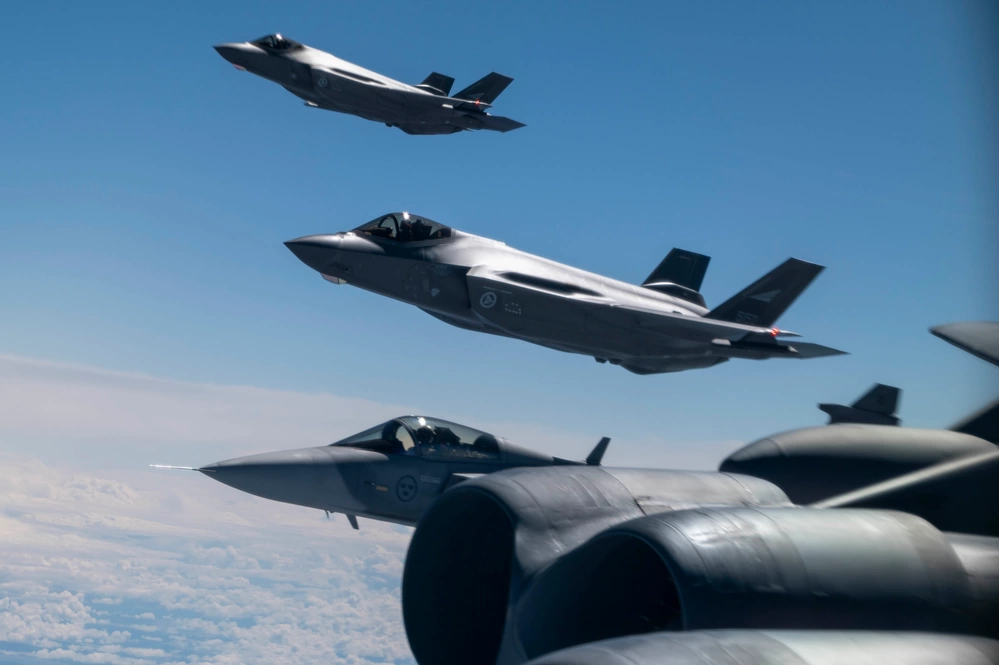On our nation’s birthday, July 4, 2025, not long after midnight, remnants of Tropical Storm Barry collided with a stalled front of warm and cool air that, on its own, can lead to significant thunderstorms. This combination of meteorological factors resulted in a sudden explosion of rainfall, with as much as a foot of rain pouring from the sky in just the first few hours. At 4:03 AM, the National Weather Service issued a rare Flash Flood Emergency notice, which sounded on mobile phones throughout the region. But in many of the campgrounds and rural portions of Central Texas, where the rain was pouring its hardest, poor cell reception left many without warning at all.
In Kerr County, where an all-girl, non-denominational Christian summer camp sat alongside the Guadalupe River, this sudden downpour placed them in immediate jeopardy. By the time the emergency notice was issued that morning, the river had already risen from a depth of around three feet to nearly 30. For the camp counselors and staff, many of whom are just teenagers themselves, there was little time to react.
As the waters rose, counselors pulled kids from their beds, pushing some out windows when doorways were blocked.
The raging waters were tearing the walls off of a nearby cabin, when Camp Mystic’s nightwatchman, Glenn Juenke, found a group of girls huddled in a building they called the “Wiggle Inn.” It was on high enough ground to avoid the worst of the flood, but the water level was continuing to rise. He decided to stay with them and try to ride it out.
“I witnessed firsthand the courage and faith that your daughters displayed during some of the most terrifying moments of their young lives,” Juenke said. “Each of those sweet girls (were) cold, wet, and frightened – but they were also incredibly brave. They trusted me, and we leaned on each other through a long, harrowing night together inside their cabin.”
Camp Mystic’s owner, Dick Eastland, was also reportedly seen in the rising flood waters, working to usher girls to safety before ultimately disappearing beneath the surf.
“If he wasn’t going to die of natural causes, this was the only other way – saving the girls that he so loved and cared for,” his grandson, George Eastland, wrote in an Instagram post. “That’s the kind of man my grandfather was.”
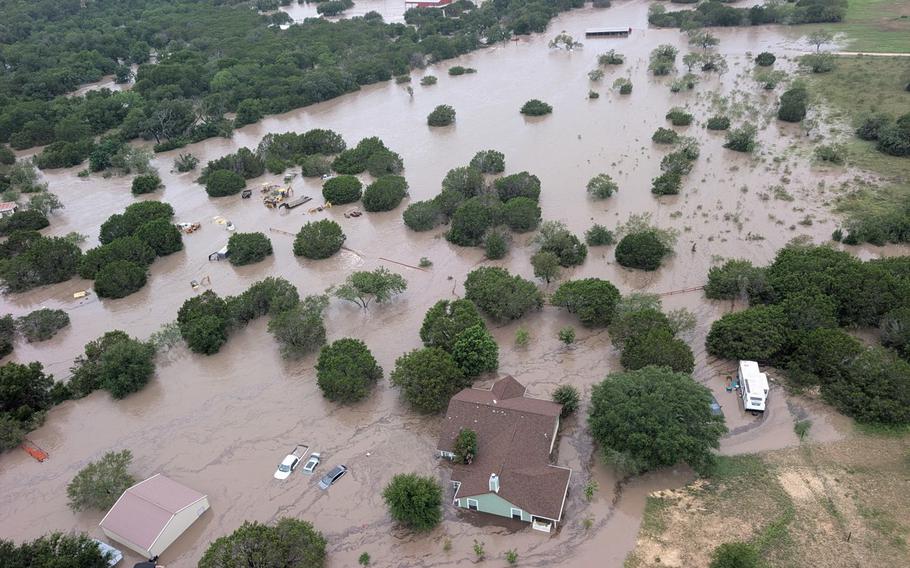
By 5:30 AM, the police were going house to house, knocking on doors and warning people to flee for higher ground before the flood could reach them. Matthew Stone, a resident of nearby Kerrvile, described the wave of flood waters approaching in the early morning light as a “pitch black wall of death.” He escaped thanks to the police who roused him.
At 5:57 AM, the Coast Guard command in Austin, Texas received a request for rescue operation response and assistance from Texas A&M Task Force 1, established by first responders in the area. Despite the holiday weekend, the Coast Guard – as always – had teams ready to respond, immediately scrambling a twin-turboprop HC-144 Ocean Sentry reconnaissance aircraft and an MH-65 Dolphin rescue helicopter from Air Station Corpus Christi about 200 miles to the south, followed by another MH-65 from Air Station Houston, some 260 miles to the east.
Petty Officer Scott Ruskan, an elite Coast Guard rescue swimmer, or Aviation Survival Technician as they’re formally known, was onboard the Dolphin out of Corpus Christi.
AST School in North Carolina is widely regarded as among the toughest military training environments on the planet, with only around 1,000 people making it through the program in the last 40 years. The 24-week school house has a similar attrition rate to BUD/S. After leaving the school house, rescue swimmers still have at least another six months of specialized medical and aviation training before getting on the job.
In Ruskan’s case, that training pipeline was still fresh in his mind, as he’d only completed it about six months ago – and this was his first mission.
“That’s a little bit outside our area of operation normally,” Ruskan recalled about the call from Kerrville, “but people were in danger, and we’re a good asset to try and help people out, and these guys were asking for help, so that’s kind of what we do.”
The flight from Corpus Christi to Kerrville, Texas, would usually take a helicopter like the MH-65 about an hour to cover, but the extreme weather kept forcing them to divert. After three failed attempts to reach the landing area near Camp Mystic, the helicopter was finally able to push through the weather, arriving on scene after nearly seven straight hours of battling the storm.
“They said it was probably some of the worst conditions they’ve ever flown in,” said Lt. Commander Steven Roth, a Coast Guard spokesperson.
Related: These are the Coast Guard’s special operations forces
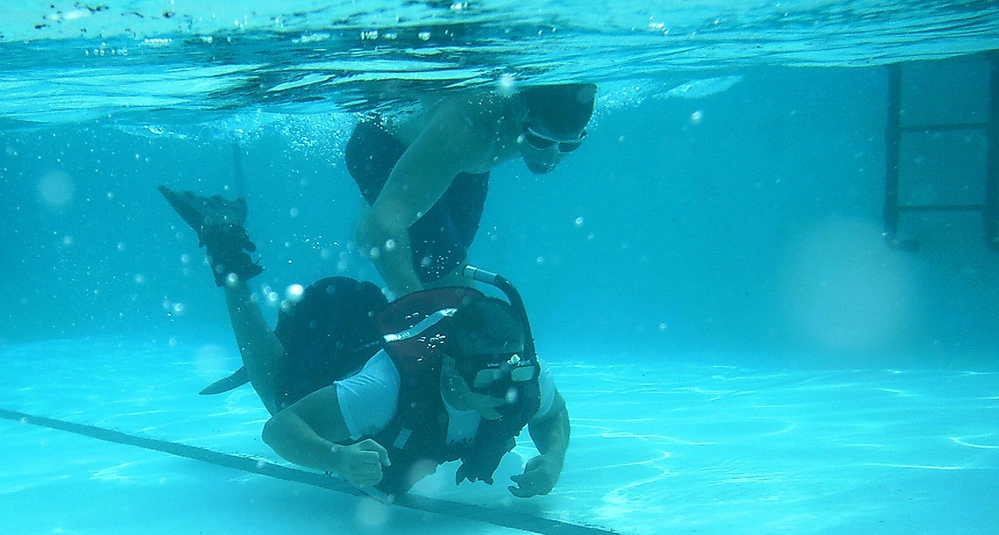
From his position in the helicopter, Ruskan immediately spotted the kids huddled on the remaining high ground. He had the helicopter drop him there so he could assess the situation. Within minutes, he realized he was the only first responder in the area, surrounded by what he’d later describe as “about 200 kids, mostly all scared, terrified, cold, having probably the worst day of their life.”
But as Ruskan began to triage the scene, a call came over the radio about another group of kids nearby in even more dire circumstances, with at least 15 people in need of rescue. He looked around the 200 children and 30 camp staff surrounding him, and did the math. These people needed help, and the helicopter could save more kids without him in it. He radioed up to his crew and told them to leave him behind.
“I had a job to do,” Ruskan told the New York Times. “All these people are looking at you terrified with a 1,000-yard stare. They want some sort of comfort, someone to save them.”
The helicopter departed, leaving Ruskan alone to render aid and attempt to coordinate with other helicopters to get the 230 people to safety. He wouldn’t know it until later, but the two pilots and flight mechanic on his helicopter successfully saved the 15 kids they left him for.
As he began to treat the bleeding injuries on some kids’ feet, caused by running to high ground without their shoes, he did his best to reassure the group that help was on the way. But in reality, Ruskan was no longer able to reach anyone over the radio. So, he tried his cell phone… but it had no service either. He was on his own.
With the injuries largely attended to, Ruskan placed his focus on keeping the kids calm and reassuring them that not only was help on its way, but that other rescuers were looking for their missing friends.
“They don’t know where they are. Some of them may be unaccounted for. Some of them may be somewhere else,” Ruskan recalled in the days that followed. He went on to say that sometimes, all it took to reassure some kids was just taking a minute to hold their hand.
And then, after three hours of radio silence in the flood zone, Ruskan heard the telltale drum of a Texas National Guard Black Hawk helicopter. As a part of his triage efforts, Ruskan had already established two landing areas, one in a nearby soccer field, and another in the camp’s archery field. He coordinated with the crew from his position between the two landing zones, bringing the youngest and most injured children to the chopper as it landed, some of whom he carried due to their injuries.
Related: Tougher-than-nails Coast Guard rescue swimmers describe daring rescues
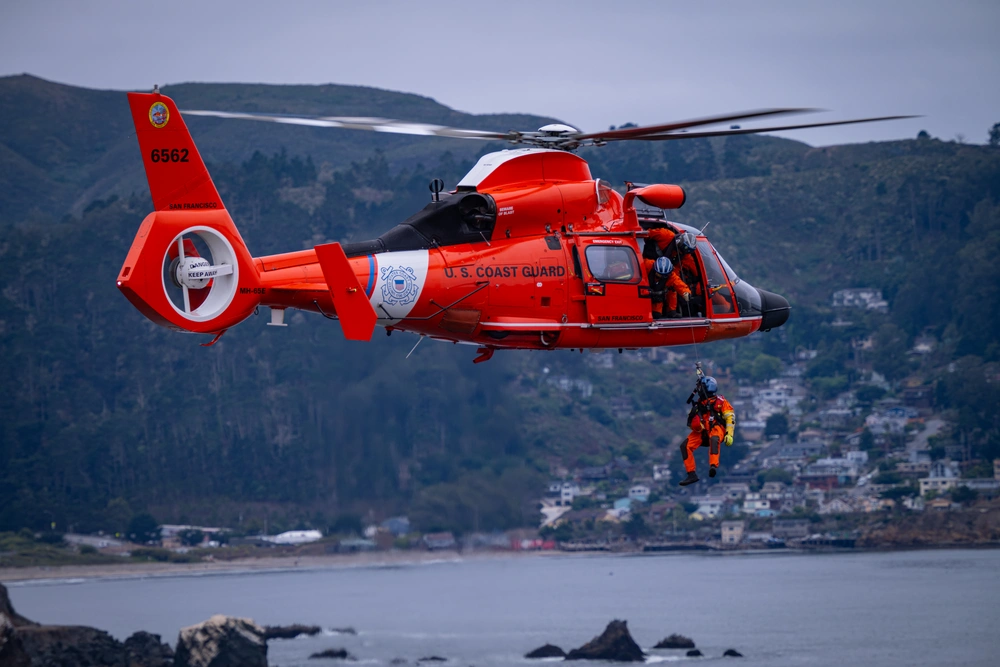
As the helicopter lifted off, packed to the brim with frightened kids, Ruskan turned back to his duties, organizing the next group of girls to be evacuated and coordinating with National Guard and Texas State officials that he was finally able to reach over comms.
In the hours ahead, Ruskan would coordinate with a dozen helicopters, loading kids into each 10 to 15 at a time, and then returning to the kids and camp staff who remained, continuing to reassure them that they would not be left behind. After a hellish seven-hour flight into danger, three hours of radio silence, and countless more coordinating rescue flights, the flood waters around Camp Mystic began to subside. The danger was finally less pronounced, but with washed-out roads and debris all around the camp, helicopter flights remained the only way out. And so, they continued.
All told, Rusken was credited with saving at least 165 lives, though there’s a reasonable argument to be made that the figure should be closer to 230. Yet, Ruskan, in keeping with the reputation of the Coast Guard’s elite rescue swimmers, has been quick to downplay his own heroism as nothing more than doing his job.
“Any of the rescue swimmers in the Coast Guard would have done the exact same, if not better than me,” he said on Good Morning America this week. When asked by CNN, he said the camp counselors and the tough kids were the real heroes, and that seeing their bravery made him a better rescuer.
He acknowledged that they’d done a lot of good at Camp Mystic, but tempered it with a solemn reminder, “There’s still a lot of people missing and unaccounted for, so the mission’s not over yet. It’s not over for us.”
Ruskan and more than 1,700 other emergency responders saved more than 850 people throughout Central Texas during the flood. Out of some 750 girls and dozens of counselors attending Camp Mystic over the 4th of July Weekend, 27 didn’t survive.
As of this writing, the death toll in the floods has reached 118, with 170 men, women, and children still listed as missing.
However, those numbers would be a whole lot higher if it weren’t for the bravery, selflessness, and compassion of men and women like Coast Guard Petty Officer Scott Ruskan.
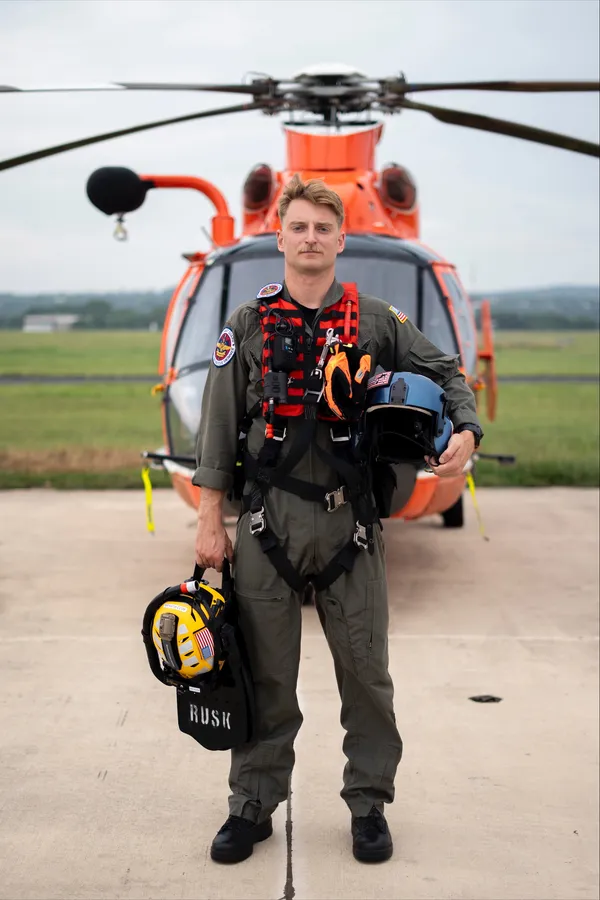
America is a lot of things, both good and bad, but most of all, America is the sort of place where an elderly couple in Hunt, Texas who managed to escape the flood realized their 92-year-old neighbor was trapped in her attic, so they turned around and waded back into the current to save her. It’s the sort of place where a Kerrville cop drove his car into rising flood waters to call out over the PA to residents of a trailer park, alerting them to get out, before finally abandoning the car and wading through chest-deep water to alert its sleeping residents
It’s the sort of place where volunteers show up on horseback on July 4, covering ground to aid in rescue operations where roads have been washed away; where groups like the Cajun Navy brave flood waters, high temperatures and impenetrable humidity to keep searching for those in need of rescue; and where New Jersey accountants can decide to sign up for the Coast Guard, and just a few years later, single-handedly save hundreds of kids from one of the worst floods in Texas history.
The tragedy of this 4th of July can remind us all that despite our differences and divisions, our shortcomings and setbacks, and despite the outrage machines we carry in our pockets… America is people like Scott Ruskan.
And for that, I’m as proud as I am grateful.
Feature Image: Coast Guard Air Station Ventura Aviation Survival Technician Second Class Ian Granski, a rescue swimmer, is hoisted back into the helicopter after a successful rescue demonstration with with the Santa Barbara Harbor Patrol, Santa Barbara, Calif., May 17, 2025. (Coast Guard photo by Chief Petty Officer Lisa Ferdinando)
Read more from Sandboxx News
- BUD/S instructors have their favorite games to make SEAL candidates suffer
- Air superiority is a required component in modern warfare
- Why the Air Force wants to retire its A-10 fleet early – and why it’s right to do so
- The Air Force wants to give its F-35 a big boost in range
- ‘The Thing:’ a Soviet children’s gift with a sinister purpose

